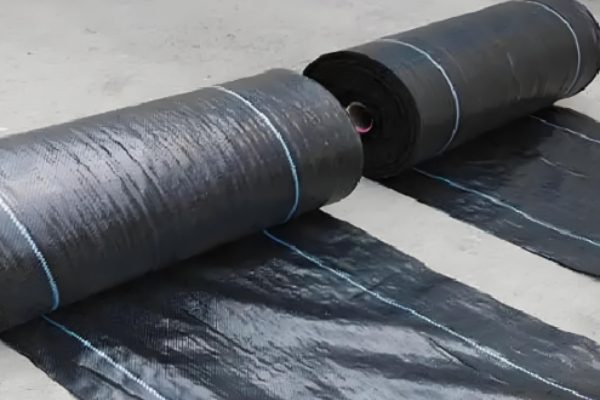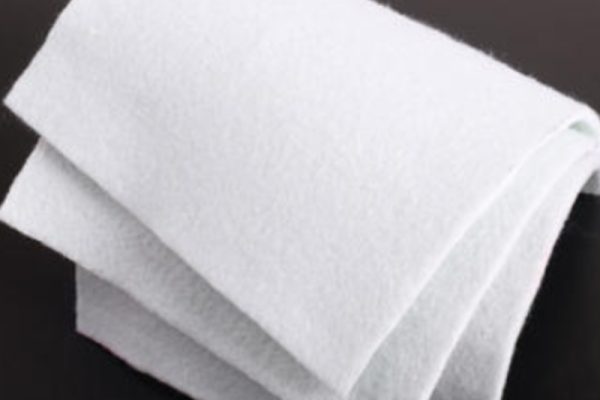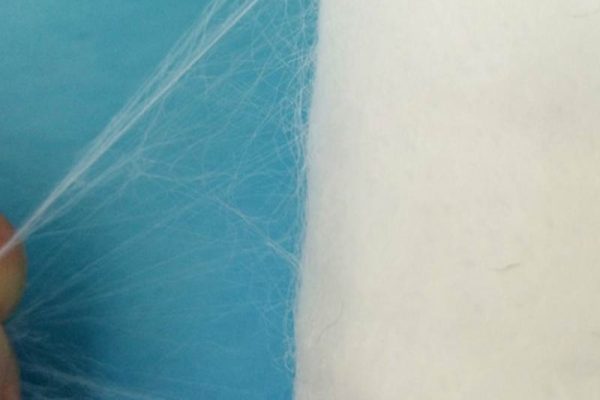Geotextile Fabric
Geotextile Cloth Suppliers:Shandong Lianjie – The leading geotextile manufacturer in China.It is located in the High-Tech Development Zone of Tai’an City. We have 2 domestic industry-leading geotextile production lines.Our geotextiles are mainly used for reinforcement, anti-filtration, isolation and drainage in projects such as highways, railways, dikes and coastal tidal flats, and are particularly suitable for coastal marshes and garbage landfills.

What is Geotextile Fabric
Geotextile, also known as geotextile fabric, is a new type of geosynthetic material. It is divided into woven geotextiles and non-woven filament geotextiles.It is made from high-molecular polymers such as polyester and polypropylene through processes like weaving, needling, and hot rolling.It has functions including filtration, drainage, reinforcement, isolation, and anti-seepage, and is widely used in projects such as highways, railways, water conservancy, and environmental protection. It can improve project stability and extend service life, making it an indispensable auxiliary material in infrastructure construction.
Geotextile Fabric Prices
The price of geotextiles varies depending on factors such as material, specification, quality, and brand.
By Material Type
Polypropylene Geotextiles: The price is generally between 5 and 20 yuan per square meter.
Polyester Geotextiles: The price is usually between 10 and 30 yuan per square meter.
By Specification
Short-fiber polyester geotextiles: For those with a weight of 100-150g, the price is approximately 1.2-2.8 yuan per square meter; for those with a weight of 400g and above, the price ranges from 3.0 to 8.0 yuan per square meter.
Non-woven filament geotextiles: Taking 300g non-woven filament geotextiles in Yangjiang area as an example, the price of conventional national standard products is 3.2-5.8 yuan per square meter.

Application of Geotextile

Geotextiles Cloth have the functions of reinforcing, isolating, and preventing reflective cracks in lane construction.

Geotextile Cloth retaining wall is a structural form that applies geotextile to retaining wall engineering to improve the stability and durability of retaining walls.

In pavement construction projects, geotextiles, leveraging their five core functions of reinforcement, separation, reflective crack prevention, drainage, and filtration, can effectively address key issues such as unstable subgrades, prone-to-damage pavements, and rainwater erosion.

With its core characteristic of "allowing water penetration while preventing soil leakage", geotextiles can achieve the dual functions of "rapid water drainage + soil particle interception" in drainage scenarios, effectively addressing problems such as engineering water accumulation and soil seepage damage.

Advantages of Geotextile
Filtration and Drainage: It retains soil particles to prevent loss, while allowing water penetration to avoid internal water accumulation in structures, suitable for subgrades and dam filter layers.
Reinforcement and Stabilization: With its tensile strength, it disperses soil stress, restricts lateral displacement, enhances the stability of subgrades and slopes, and reduces settlement.
Isolation and Protection: It separates materials of different particle sizes to prevent structural failure from layer mixing, and also cushions impacts to protect anti-seepage materials like geomembranes.
Water Permeability and Soil Retention: In vegetation slope protection, it prevents scouring and retains soil, while ensuring water and air permeability for plant roots to facilitate ecological restoration.
Constructability and Durability: Lightweight, flexible and easy to cut, it adapts to complex terrains. Besides, it is acid-alkali resistant and anti-aging, widely used in water conservancy, transportation and other projects.
Our Geotextile Fabric Advantages

Advanced Technology
We have professional technical services and development capabilities.
Quality Assurance
The product has undergone strict testing and its quality is guaranteed.
High Quality Raw Materials
Made of polyester staple fiber, acid and alkali resistant, non corrosive.
Affordable Price
The manufacturer's first-hand source of goods, without intermediaries to make a profit, provides customers with the greatest benefits
Customer Evaluation of Our Geotextile
We used your factory’s permeable geotextile in the river slope protection project, combined with gabion cages. The material has good erosion resistance and no damage was found during the inspection after the flood season. Moreover, the drainage effect exceeded expectations, the slope soil did not soften due to water accumulation, and the vegetation survival rate was also high.

Benjamin Carter
In the leachate discharge project of a landfill site, we have used your company’s geotextiles. When used together with HDPE geomembranes, no degradation or damage has been observed. After more than half a year of operation, the leachate discharge has been smooth and there has been no blockage in the pipelines. Your company implements strict quality control measures, and each batch of goods is accompanied by a test report, which makes our cooperation very reliable.

Ethan Thompson
We used your company’s 300g short-fiber geotextiles in the subgrade construction of a township highway. The material has good spreadability and fits tightly with the gravel cushion.After more than half a year of operation, there has been no mud pumping in the subgrade, rainwater drains quickly, and it is more durable than the no-brand geotextiles we used before.

Oliver Morrison
Frequently Asked Questions
What is the difference between woven geotextiles and non-woven geotextiles
Core Differences Between Woven and Non-Woven Geotextiles
The two types differ significantly in manufacturing process, performance and application, as detailed below:
1、Process & Structure: Woven geotextiles are made by interweaving PET/PP yarns in warp and weft directions, with regular texture and narrow-long pores (porosity 20%-40%). Non-woven geotextiles are produced via fiber web formation + needle-punching/thermal bonding, with randomly distributed fibers, 3D pores (porosity 60%-90%) and a bulkier structure.
2. Performance Focus: Woven geotextiles have high tensile strength (elongation at break 5%-15%) and good deformation resistance. Non-woven geotextiles excel in filtration/permeability, with high elongation (20%-50%) and good toughness.
3. Engineering Applications: Woven geotextiles mainly serve for reinforcement (subgrade/slope) and separation (separating sand and gravel). Non-woven geotextiles focus on filtration (filter layer), drainage and protection (protecting geomembranes). They are tested in accordance with GB/T 17640 and GB/T 17638 standards respectively.
where to buy geotextile fabric?
Geotextile Purchase Channels
1、Offline Channels: You can go to local building materials markets, especially stores specializing in geosynthetics, to select products intuitively. You can also contact regional distributors, who mostly provide spot goods and technical support, suitable for urgent needs or small-batch purchases.
2、Online Platforms: Comprehensive e-commerce platforms such as Taobao and JD have various geotextiles for sale with transparent prices. Professional platforms like China Geotextile Network offer a more complete range of products, focusing on engineering-grade ones, which is suitable for accurate product selection.
3、Direct Supply Channels: Connect directly with manufacturers (e.g., geosynthetic enterprises in Shandong, Jiangsu and other regions) – this is suitable for large-batch purchases, allowing parameter customization and reducing intermediate costs. For engineering projects, you can also connect with stable suppliers through cooperative construction/engineering companies to ensure quality and delivery.
Latest Blog Posts
Beneath roads,within slopes,and inside drainage ditches,there is a material that,while inconspicuous,is crucial
Do you spend countless weekends bent over,battling relentless weeds in your
Does your home yard turn into a swamp during the rainy season?Does
How to find the best weed fabric for vegetable garden?However,with a dazzling







